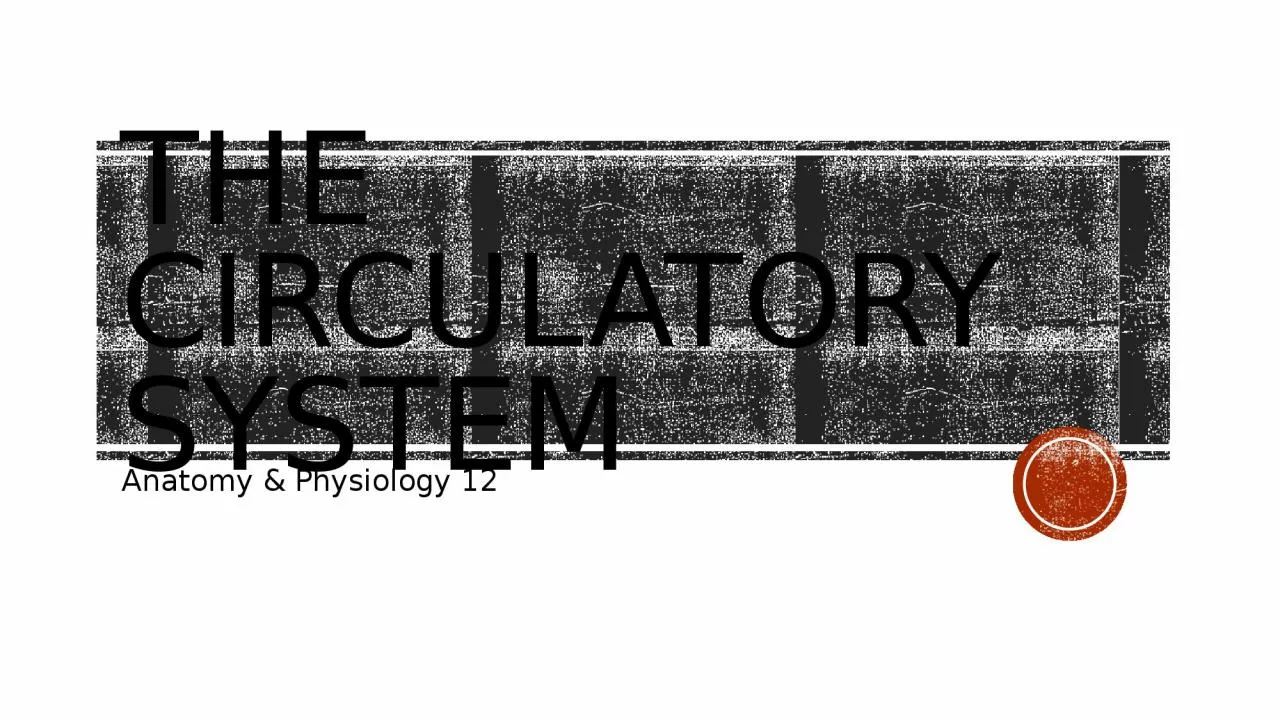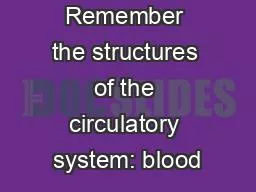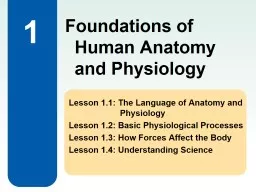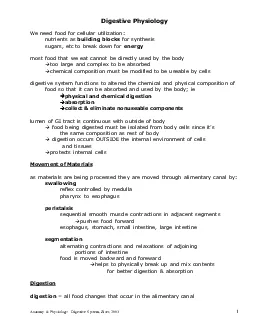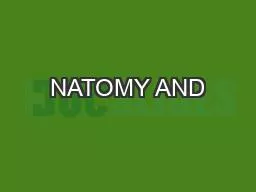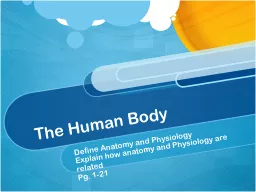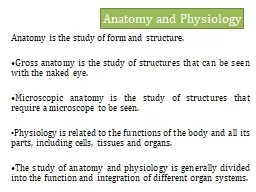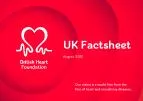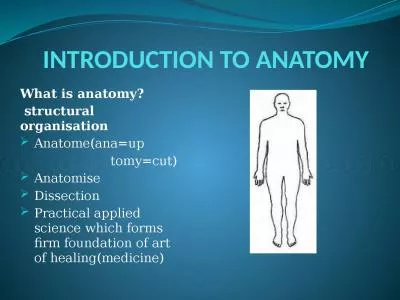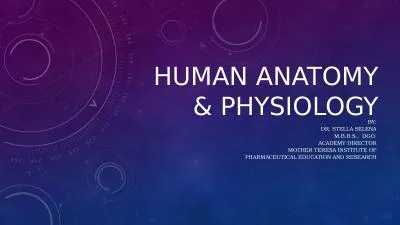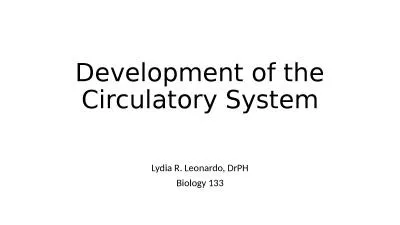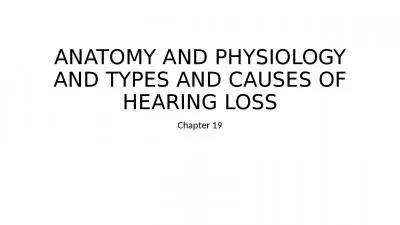PPT-The Circulatory System Anatomy & Physiology 12
Author : obrien | Published Date : 2024-01-03
Heart Beat coordination Characteristics of Cardiac Cells Heart muscle tissue can contract on its own Each cardiac cell can contract independently Will coordinate
Presentation Embed Code
Download Presentation
Download Presentation The PPT/PDF document "The Circulatory System Anatomy & Phy..." is the property of its rightful owner. Permission is granted to download and print the materials on this website for personal, non-commercial use only, and to display it on your personal computer provided you do not modify the materials and that you retain all copyright notices contained in the materials. By downloading content from our website, you accept the terms of this agreement.
The Circulatory System Anatomy & Physiology 12: Transcript
Download Rules Of Document
"The Circulatory System Anatomy & Physiology 12"The content belongs to its owner. You may download and print it for personal use, without modification, and keep all copyright notices. By downloading, you agree to these terms.
Related Documents

